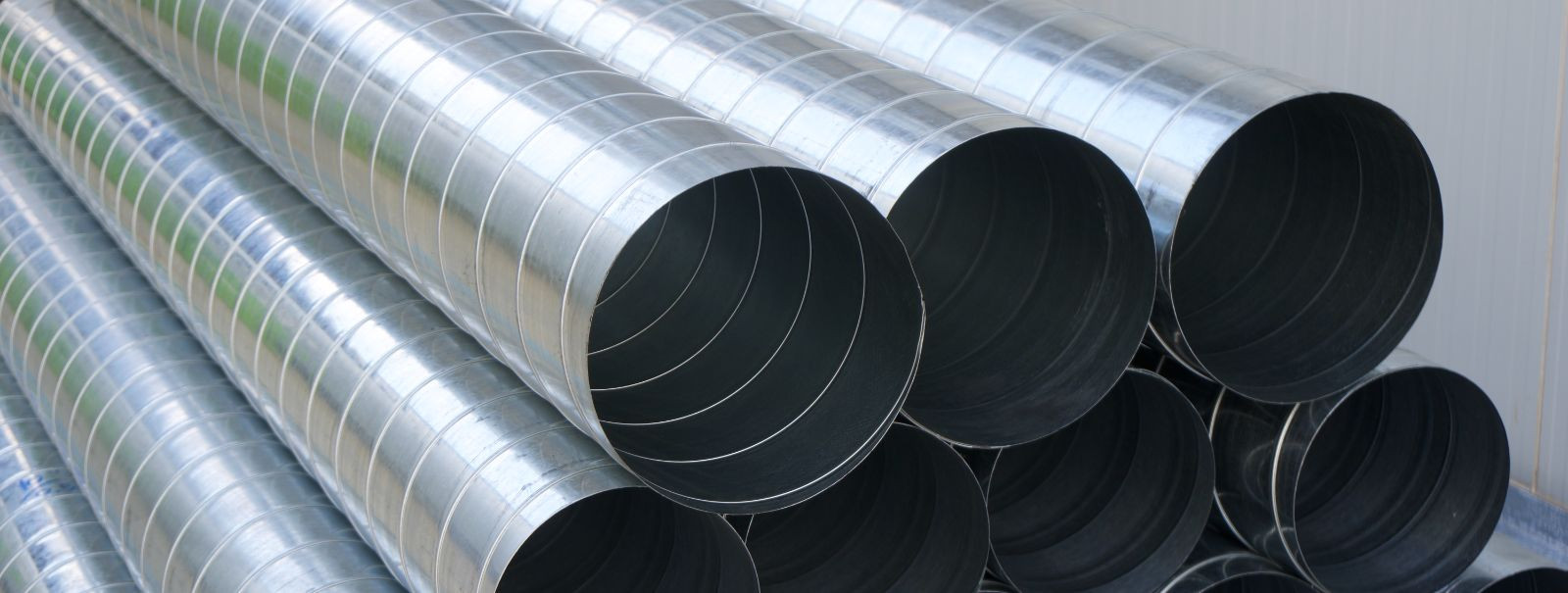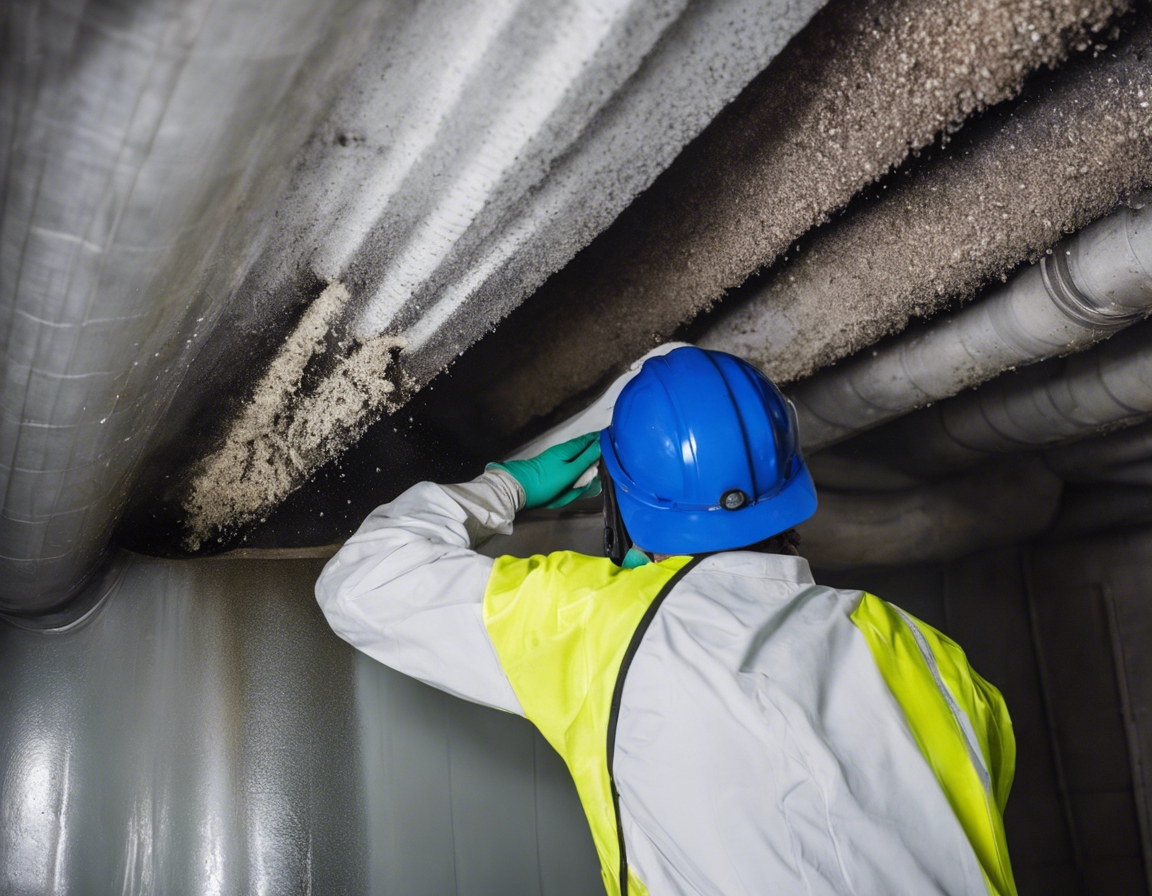5 signs your ventilation system needs a check-up
Proper ventilation is crucial for maintaining a healthy and comfortable indoor environment. It's the unsung hero of our buildings, working tirelessly to ensure that fresh air circulates, while stale and potentially harmful air is expelled. For commercial building managers, restaurant owners, healthcare facilities, and residential complexes, a well-functioning ventilation system is not just a matter of comfort, but also of health, safety, and compliance.
Sign #1: Unusual Noises or Vibrations
One of the first signs that your ventilation system may need a check-up is the presence of unusual noises or vibrations. These can be indicative of a variety of issues, from loose components to a failing motor.
Listen for rattling, buzzing, or whistling sounds. These noises suggest that something within the system is not operating as it should.
Loose screws, worn belts, or unbalanced fans can all cause these sounds. If left unchecked, they can lead to more significant damage and potentially costly repairs.
Sign #2: Persistent Unpleasant Odors
Odors that linger or seem to originate from the ventilation system are a clear signal that something is amiss. This could be due to mold growth, pest infestations, or a build-up of debris.
Identifying the exact cause of the odor will require a professional assessment. It's important to address these issues promptly to prevent them from worsening.
Unpleasant odors can significantly impact the comfort of building occupants and may pose health risks, particularly if mold or other harmful substances are present.
Sign #3: Increased Energy Bills
If you've noticed a sudden spike in your energy bills without a corresponding increase in usage, your ventilation system may be to blame. Inefficient systems work harder to maintain air quality, driving up energy costs.
A well-maintained ventilation system should operate efficiently. If it's not, it could be due to leaks, blockages, or aging equipment.
Regular maintenance checks can help identify areas where your ventilation system is losing efficiency, allowing you to address them before they become more severe.
Sign #4: Poor Air Quality and Comfort
Indoor air quality is a key indicator of a ventilation system's health. Symptoms of poor air quality include increased humidity, the presence of allergens, and difficulty maintaining a comfortable temperature.
Pay attention to complaints of stuffiness, respiratory issues, or allergic reactions from building occupants, as these can all be signs of poor air quality.
Poor air quality can affect productivity, health, and overall comfort, making it essential to ensure that your ventilation system is functioning correctly.
Sign #5: Excessive Dust and Debris Accumulation
Excessive dust and debris in the air or on surfaces can indicate that your ventilation system is not effectively filtering the air. This can lead to a range of issues, from reduced system efficiency to health concerns.
A clean ventilation system is a more efficient one. Dust and debris can clog filters and ducts, reducing performance and air quality.
If you're noticing more dust than usual, it's time to inspect your filters and ductwork. A professional service can clean and maintain your system to ensure it's operating at its best.








Comments (0)